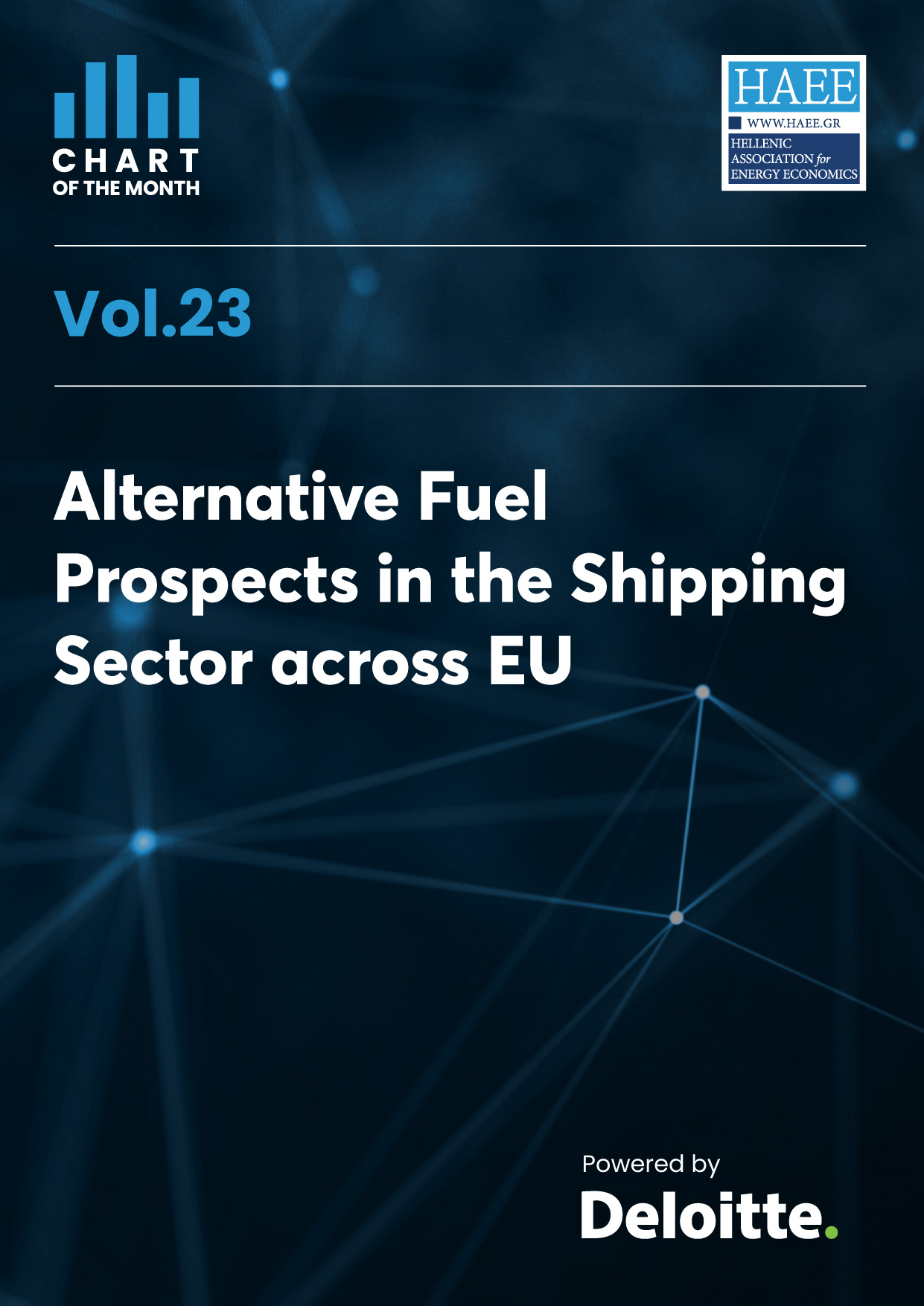Tel: +30 210 92 30 422
E-mail: info@haee.gr
Address
62, Charilaou Trikoupi Str.
Kifissia, 14562
Athens, Greece

The global maritime sector has continuously witnessed growing GHG emissions over the past decades. In January 2024, the EU's Emissions Trading System (EU ETS) was extended to cover CO2 emissions from all large ships entering EU ports, regardless of their flag.
In a highly unstable environment, maritime transport has also faced numerous crises in the past few years. For instance, the Panama Canal is facing a severe drought, causing a 36% reduction in total transits compared to the previous year. The Red Sea crisis, has led to a 67% decline in weekly container ship transits and significant drops in tanker and gas carrier transits. Rerouting ships around the Cape is projected to result in a 17% increase in carbon intensity.
In national matters, the Greek shipping industry has the largest fleet operating with alternative fuels. Notably, 6.7% of the Greek-owned fleet can use LNG dual-fuel. Additionally, it is the second-largest fleet globally that has installed sulfur oxide (SOx) scrubbers on its ships. Specifically, 36% of Greek-owned new tankers on order will be equipped with sulfur oxide scrubber systems.
Finally, in a major development for the Mediterranean, the Port of Kilini in Greece became the first facility to offer cold ironing service in the eastern Mediterranean region by establishing an STS electrical supply connection.
The“Chart of the Month” is a HAEE publication, powered by Deloitte.